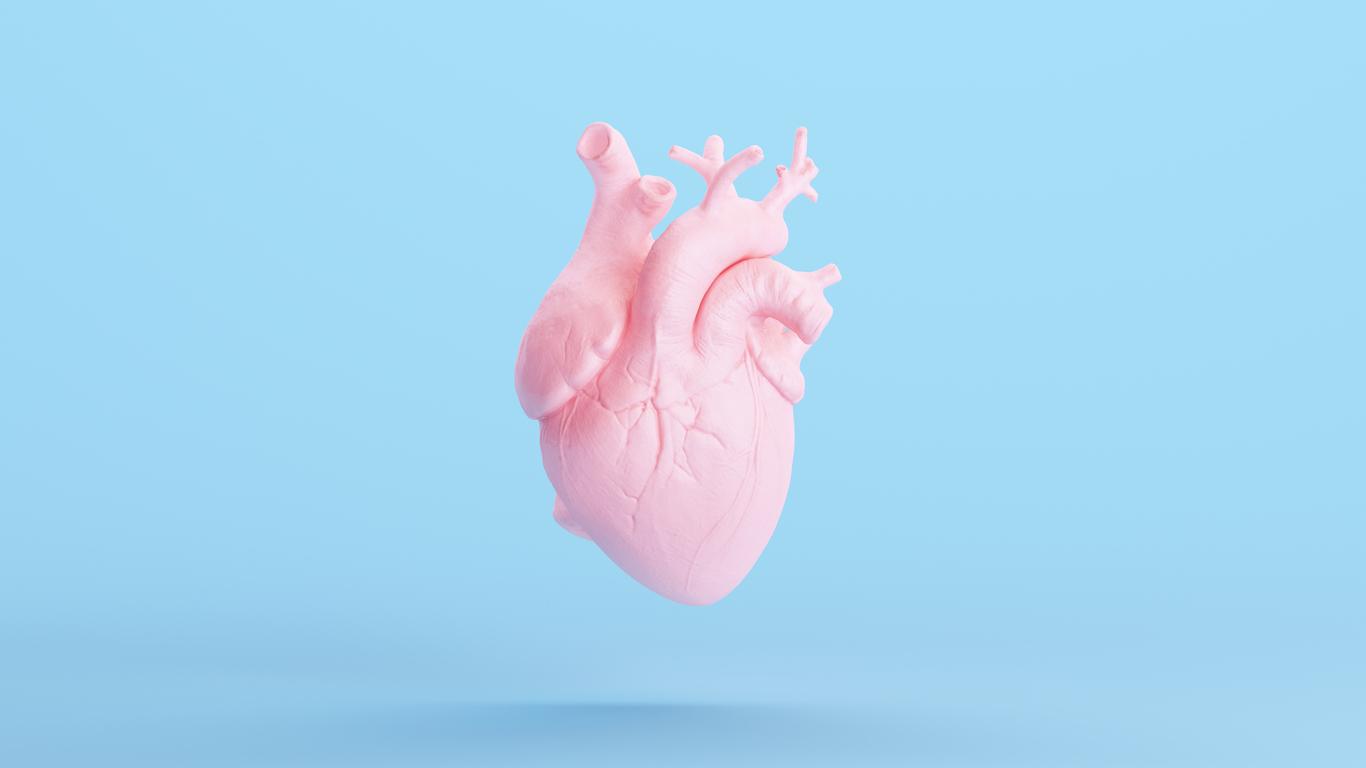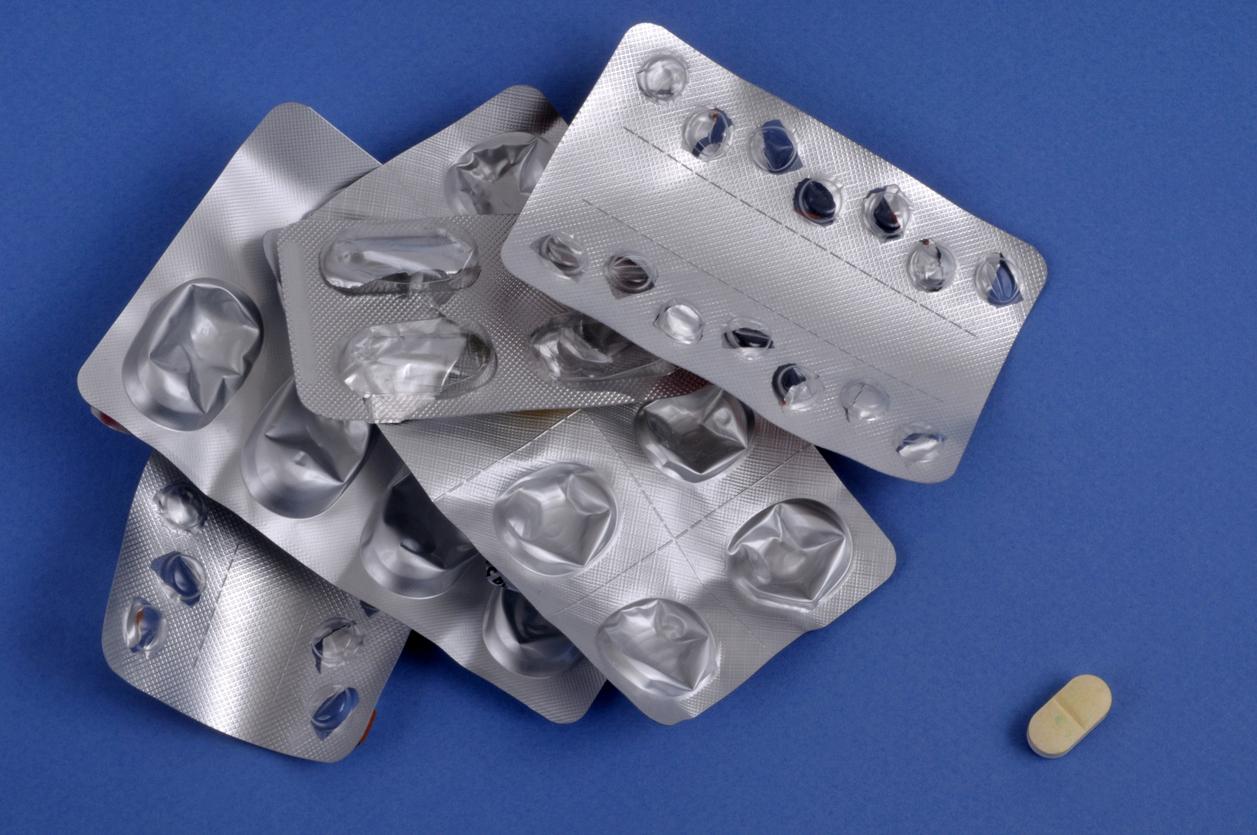Younger and healthier. In 2015, organ donors were on average 57 years old. But losses are still too frequent, according to the Biomedicine Agency.
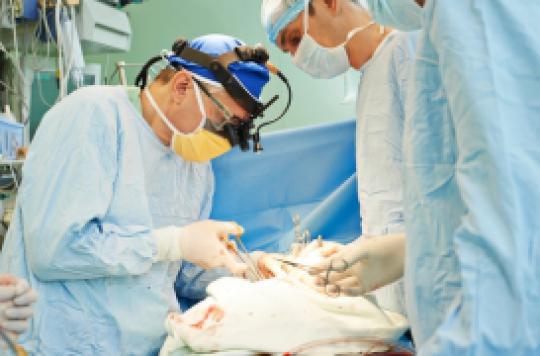
What if the day of the transplant was a second anniversary? After an organ transplant, many patients claim to be reborn. This is especially the case after a bone marrow transplant, which resets the immune system. Each year, 6,000 people can boast of this second birth. Kidney transplants clearly dominate. However, progress remains to be made for the heart, due to a lack of donors. These are each year a little more numerous. Living donations, in particular, are experiencing strong growth. On the occasion of World Organ Donation and Transplant Day, this October 17, Why actor draws a robot portrait of living and deceased people who donate organs.
Regional differences
They are on average 57 years old when collected. Compared to 2014, they are a bit younger. But 48% of them are 60 years or older at the time of their death. Aged, of course, but in good health: in 2015, the people sampled suffered from fewer comorbidities. An important detail because it allows to obtain more viable organs.
At present, 27 samples are taken per million inhabitants. The number of organs removed could be better.
Indeed, 32.5% of relatives still oppose organ donation after being questioned. A slight decline began in 2015, but it is still too much. In some regions, the refusal is even more marked. This is the case of Île-de-France, Picardy, Haute-Normandie but also of Corsica.
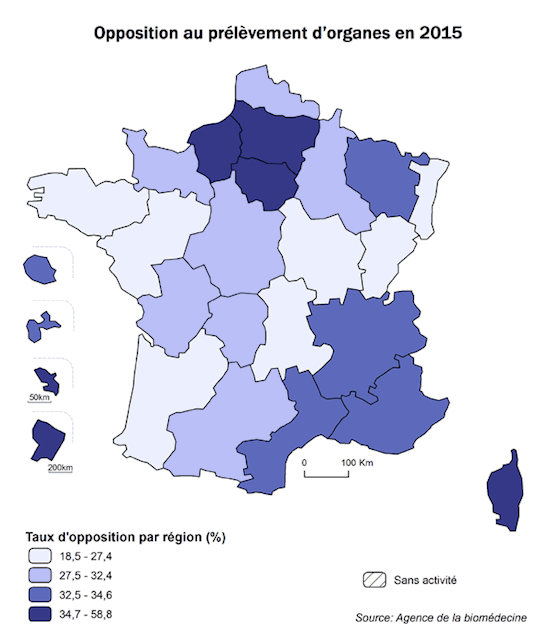
Source : Activity report of the Biomedicine Agency (2015)
Most of the donors died of cardiovascular problems. Brain death represents the main activity of harvesting. Circulatory arrests, they led to a sample in 40 people. This allowed 62 kidneys and 2 livers to be transplanted.
A persistent shortage
The number of organs removed stabilized in 2015. Each donor donates a little more than 3 organs on average. This corresponds more or less to the number of organs transplanted, despite still frequent losses – often due to the poor quality of the graft or the age of the donor.
For the pancreas and the heart, on the other hand, samples have increased, respectively by 7% and 1%. An important development because these two organs still suffer from a shortage. But the lack of grafts is even more marked in the case of the kidney: the Biomedicine Agency has five candidates for transplantation for an eligible organ in the year.
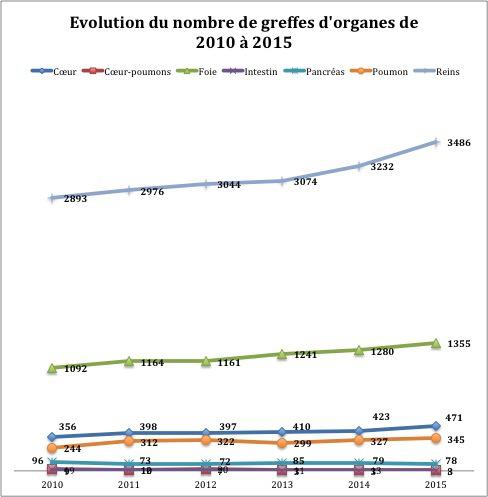
Source : Activity report of the Biomedicine Agency (2015)
The Biomedicine Agency is outlining several avenues to increase the number of donors. Two of them have delivered good results: living donation, for the kidneys and the liver. In the latter case, volunteers are scarce. However, more and more people are ready to donate a kidney. The withdrawals went from 283 in 2010 to 547 for the year 2015. A clearly positive trend that the Agency wants to encourage. She also launched cross-donations, with success.
The conservation of the grafts must also be improved, in particular because of the age of the donors. They are indeed more fragile. Rehabilitating organs before or after harvesting, using perfusion machines, must become more systematic, according to the Agency. Because the losses are costly for people on the waiting list. More than 20,000 patients are awaiting transplants each year.
.








-1730888646.jpg)




